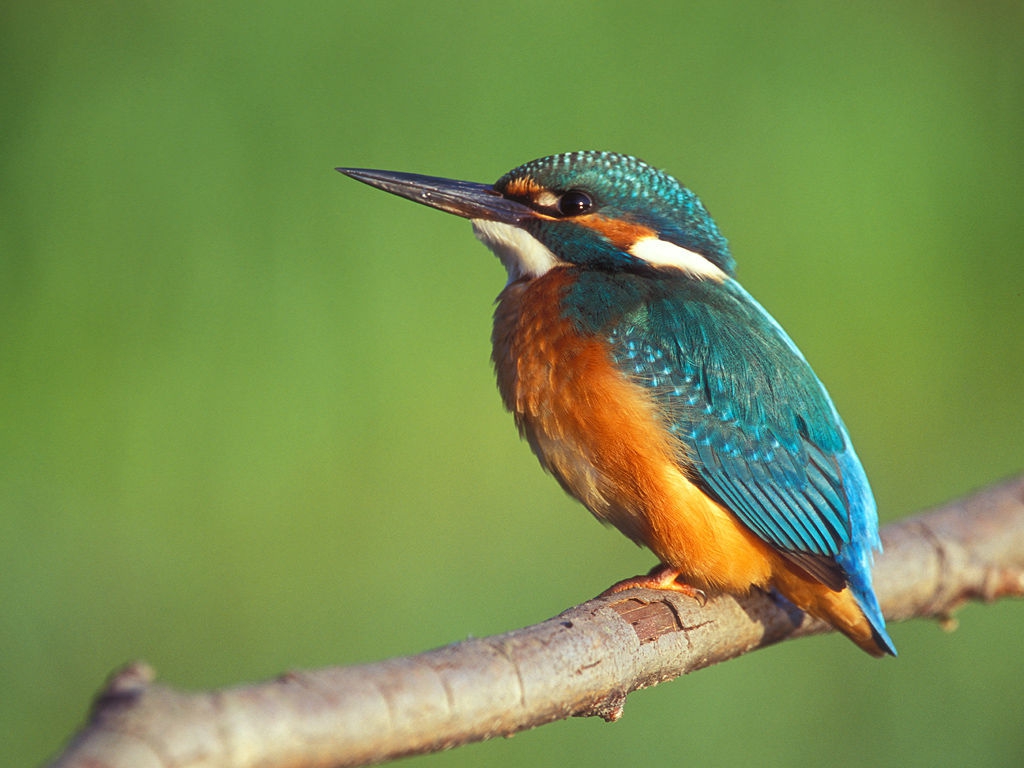| Citation |
|
Description |
Geographic Range [top]
Range Description: The species is endemic to Java, Indonesia, where apparently the only records since the 1930s are two reports of individuals seen in Gunung Halimun National Park in June 2009 (Birdlife International 2001, B. Cox in litt. 2009) and further sightings within the same area in August 2014 (S. Cooleman in litt. 2014). It may be under-recorded owing to its shy behaviour and often remote habitat (B. van Balen in litt. 2012).
Countries occurrence:
Native:
Indonesia (Jawa)
Additional data:
? Continuing decline in area of occupancy (AOO): Unknown
? Extreme fluctuations in area of occupancy (AOO): No ? Estimated extent of occurrence (EOO) - km2: 173000
? Continuing decline in extent of occurrence (EOO): Unknown ? Extreme fluctuations in extent of occurrence (EOO): No
? Number of Locations: 11-100 ? Continuing decline in number of locations: Unknown
? Extreme fluctuations in the number of locations: No
? Upper elevation limit (metres): 1500
Range Map: Click here to open the map viewer and explore range.
Population [top]
Population: Given the lack of recent records, any remaining population is precautionarily inferred to be extremely small, and a preliminary estimate places the population in the band 50-249 mature individuals.
Trend Justification: Rates of forest loss in Java have been rapid and are continuing, hence the population is suspected to be declining rapidly as a result.
Current Population Trend: Decreasing
Additional data:
? Number of mature individuals: 50-249 ? Continuing decline of mature individuals: Yes
? Extreme fluctuations: No ? Population severely fragmented: Yes
? No. of subpopulations: 2-100 ? Continuing decline in subpopulations: Unknown
? Extreme fluctuations in subpopulations: No ? All individuals in one subpopulation: No
Habitat and Ecology [top]
Habitat and Ecology: It is generally sedentary on rocky or slow-flowing streams and larger rivers running through forest (usually humid evergreen, but also back-mangroves and mixed dipterocarp-dominated forest), most commonly in the lowlands, but ascending locally to 1,500 m (Fry and Fry 1999, del Hoyo et al. 2001). It is predominantly piscivorous, also consuming crustaceans, insects and small reptiles (Fry and Fry 1999, del Hoyo et al. 2001). Breeding has been recorded in March-April (Fry and Fry 1999).
Systems: Terrestrial; Freshwater
Continuing decline in area, extent and/or quality of habitat: Unknown
Generation Length (years): 4.5
Movement patterns: Not a Migrant
Threats [top]
Major Threat(s): The burgeoning human population on Java brings with it intense pressure on natural resources, one aspect of which has been a massive reduction in forest cover, particularly in the lowlands. This threat continues in the form of conversion to agriculture, development and uncontrolled fire, even within protected areas.
Conservation Actions [top]
Conservation Actions: Conservation Actions Underway
The species has been recorded within Gunung Halimun National Park, Java (D. L. Yong in litt. 2013).
Conservation Actions Proposed
Urgently clarify its current distribution and population status, making the species a key target during surveys, and increasing the focus on hill forest and lower montane areas. As and when extant populations are found, research its range and ecological requirements. Lobby for effective management of existing protected areas and for the expansion of the protected area network.
Citation: BirdLife International. 2016. Alcedo euryzona. The IUCN Red List of Threatened Species 2016: e.T22726971A94937355. http://dx.doi.org/10.2305/IUCN.UK.2016-3.RLTS.T22726971A94937355.en. Downloaded on 20 July 2017.
Disclaimer: To make use of this information, please check the .
Feedback: If you see any errors or have any questions or suggestions on what is shown on this page, please provide us with feedback so that we can correct or extend the information provided
|

